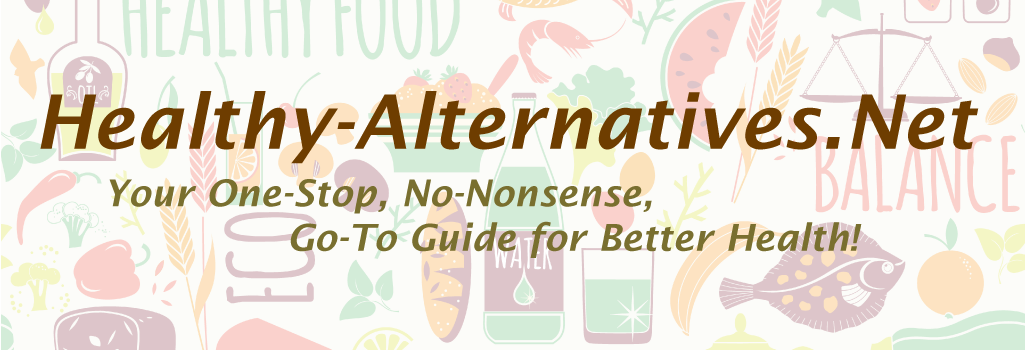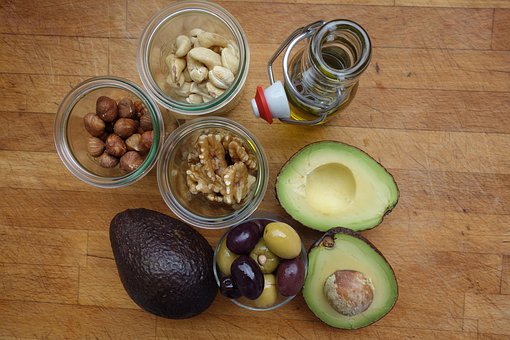Fat is nature’s most efficient form of energy storage
The misconception that we should cut back on fat means we are consuming more carbs like pasta, grains, fruit and starchy veggies like potatoes. Many packaged low-fat foods contain fillers like fruit puree, fruit juice, dextrin, syrup, sucrose or glucose-fructose (which are all carbs) to compensate for texture and flavour lost without the fat. However, carbs break down into glucose, and excess carbs, protein & fat will make you fat.
You need good fat & protein
So it’s important to choose quality fat from organic meat and plant sources as they have different biological effects than artificially saturated fats. Saturated fats are essential to normal human functioning and are manufactured by the liver. They influence gene expression and cancer prevention, help regulate hormones and form the building blocks of cell membranes throughout the body.
- choose saturated fats from nutrient-dense foods that are unprocessed and unrefined: nuts & seeds, coconut oil, grass-fed beef, organic butter, organic eggs, organic dairy products and min. 70% dark chocolate
Fat Digestion
Fats must be emulsified in order to become suspended (absorbed) into the digestive juices of our stomach. Bile salts are made in the liver, stored in the gallbladder, then ejected into the small intestine. They work together with pancreatic enzymes to digest fats. Short and medium chain fats are metabolized differently than long chain fats.
- if using supplements like fish oil, make sure it’s emulsified to ensure proper absorption
Avoid “Bad Fats”
These are found in packaged cakes, cookies, crackers, microwave popcorn, stick margarine and vegetable shortening:
- Saturated Fats from animal sources which cause high cholesterol
- Trans Fats (hydrogenated fats) are chemically transformed through heat and hydrogenation to allow for longer shelf life. These are associated with a 34% increase in various types of deaths as they deplete the heart-loving high density lipoproteins (HDL). 30% of the world population suffers from fatty liver disease which can lead to inflammation and cirrhosis of the liver.
- they destroy essential fatty acids
- they increase infertility
- they increase insulin
- they decrease testosterone
- they inhibit immune function
- they increase bad cholesterol
- they reduce energy metabolism
- capsaicin in cayenne & peppers helps burn calories
- resistance training helps decrease liver fat and lowers blood cholesterol
The body needs Essential Fatty Acids, Monounsaturated and Polyunsaturated fats
These aid in removing bad fats from the blood stream. Linoleic & linolenic acid are essential fatty acids called Vitamin F. Omega 3 fatty acids are polyunsaturated fats and easily found in fish. Healthy fats are found in Coconut, Avocado & Olive Oil.
- Fats & lipids are better energy sources than protein or carbs
- Fats have the highest calorie density of all foods: 9 calories per gram
- Fats combine with phospherous to form a substance that helps build tissues & body cells
- Fats stay in the digestive tract longer, making us feel full
- Fats generate body heat
- Monounsaturated fats lower the bad “LDL” cholesterol without lowering the good “HDL” cholesterol
- found in nuts, avocados & olive oil
- Polyunsaturated fats are liquid
- found in cod liver or krill oil, seeds & walnuts, cold water fish like salmon, tuna, trout, mackerel and sardines
- Conjugated Linoleic Acid (CLA) is a natural polyunsaturated fat found mostly in beef and milk
Essential Fatty Acids (EFA) used to be called Vitamin F but are now known as Omega 3 and 6
These must be obtained from the diet to keep insulin functioning properly, regulate oxygen & energy transport, help form red blood cells, keep hormone-producing glands active, help make joint lubricants and can burn fat.
The Omega dilemma
5% of calories should come from Omega fats (11g/day) and should be split 50/50 for 5 1/2g each of Omega 3 & 6. But the modern diet and commercial processing techniques have created a situation where we are instead getting an over-abundance of Omega 6 and very little, if any, Omega 3. Omega 3 is not produced in the body so must be consumed from dietary sources.
Omega 3
- needed for healthy cell membranes, helps your skin remove waste and lock in moisture, lowers inflammation
- protects cellular aging by preserving telomere length
- can help with moods
- should consume 3,000mg per day for optimum benefits
Sources of Omega 3
- Coldwater fish like arctic char, halibut, herring, salmon, sardines & trout
- Mackerel has the highest content at 2.6g of omega 3 per 100g
- frying the fish destroys Omega 3, so bake or broil fish instead
- also found in nuts and oils from walnuts, chia, flax, hemp and olives
- excellent sources include: flaxseed oil, ground flaxseed, walnuts, sacha inchi seeds, chia seeds, hempseeds, cooked soybeans, cooked brussel sprouts, cooked broccoli & cooked spinach
- if using a supplement, choose capsules verified to be low in mercury & PCB’s
The majority of raw, healthy foods naturally contain a higher ratio of Omega 6 to Omega 3. Modern processing techniques for pre-packaged foods have created an imbalance of Omega 6 overload.
Consequences of Omega 6 over-consumption
- links cholesterol to heart disease
- is an underlying factor for causing inflammation in the body that manifests into a wide variety of disorders
A quick and easy way to lower Omega 6 is to switch from seed-based cooking oils to coconut or red palm olein:
- Camelina & Alpha Balance have twice as much Omega 3 than 6


